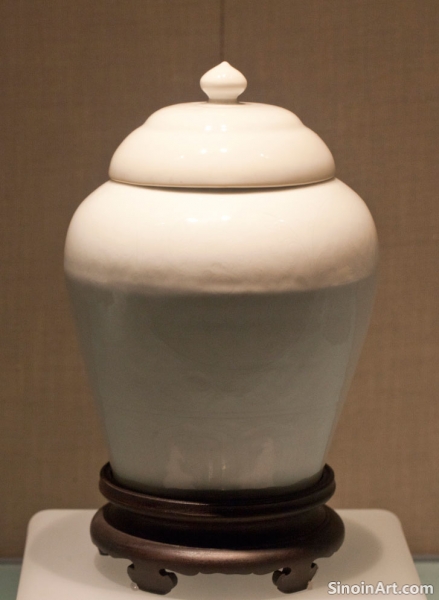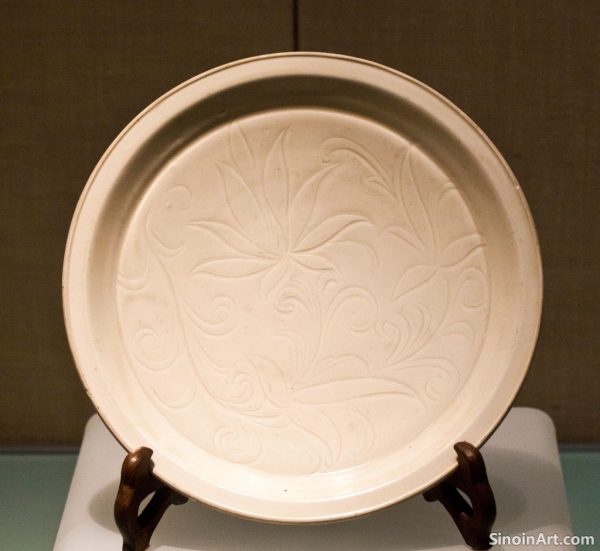The Delicate Beauty of Ru Ware Porcelain
|
Ru ware, produced for a short period during the late Northern Song Dynasty, is among the rarest and most highly valued of all Chinese ceramics. Known for their delicate bluish-green celadon glaze, often described as the color of "sky after rain," Ru ware pieces are celebrated for their understated elegance, simple forms, and subtle crackle patterns. They are highly sought after by collectors and admired for their timeless beauty.  The creation of Ru ware was a complex process that involved the selection of fine-grained clay, the application of a lustrous, opalescent glaze, and precise firing techniques. Ru ware pieces often have very small bases, usually defined by small spur marks from the firing process.  The forms of Ru ware are often simple, functional shapes, such as small bowls, dishes, and brush washers. The emphasis was placed on the beauty of the glaze rather than on excessive decoration. Decoration, if present, is very subtle and restrained.  The distinctive crackle patterns, known as “ice crackles”, are a result of the difference in expansion rates between the glaze and the clay body. The crackle patterns were a key element of the aesthetics of Ru ware, with a high value placed on the resulting patterns. Ru ware’s beauty and rarity make it one of the most highly sought-after and admired of all Chinese ceramics. Its enduring appeal is a testament to the skill and ingenuity of Song potters and the continued desire for elegance and simplicity in ceramics. |
Tag : Ru ware, Song Dynasty porcelain, Chinese rare pottery, celadon glaze, ice crackle glaze
Related information
- Decorative Techniques in Song Ceramics
- The Elegance of Ding Ware: White Beauty
- Jun Ware: The Art of Transmutation
- The Dark Beauty of Jian Ware Tea Bowls
- Guan Ware: The Mystery of Imperial Ceramics
Song Dynasty ceramics employed various subtle decorative techniques like carving, incising, molding, and impressing, adding texture and visual interest while allowing the simple forms and glazes to remain the focus.
Ding ware, a highly prized Song Dynasty white porcelain, is known for its fine, thin body, smooth ivory-white glaze, and delicately carved or impressed designs, embodying the Song preference for simple elegance and refined craftsmanship.
Jun ware, a distinctive Song Dynasty ceramic style, is known for its thick, opalescent glazes in a range of colors, achieved through carefully controlled firing processes, often exhibiting dramatic and unpredictable visual effects.
Jian ware tea bowls, produced in the kilns of Jianyang (modern-day Fujian province), are among the most revered ceramics of the Song Dynasty. Characterized by their dark, often black, glazes, often displaying a unique hare's fur or oil spot effect, Jian ware tea bowls were particularly prized by Zen Buddhist monks and tea connoisseurs for their aesthetic and functional qualities. The dark hues and varied patterning made them ideal for showcasing the light colour of the tea itself.
Guan ware, rare imperial ceramics of the Southern Song, are characterized by thick, crackled glazes in shades of gray, blue, or green, understated forms, and an enduring sense of mystery surrounding their production and kilns.